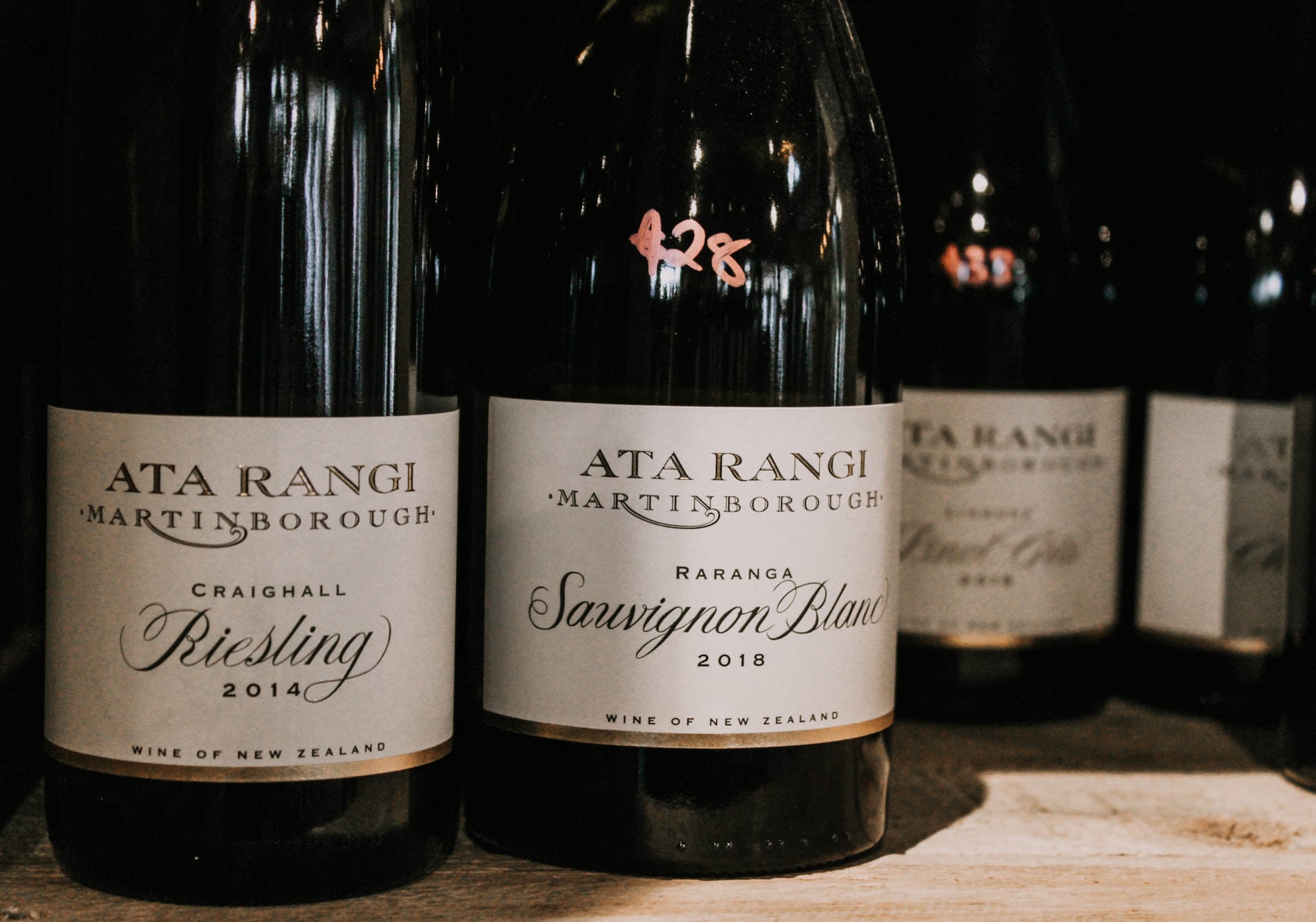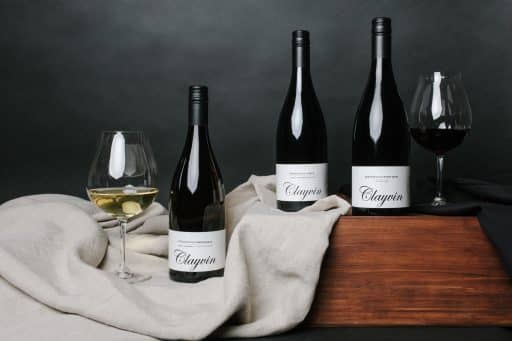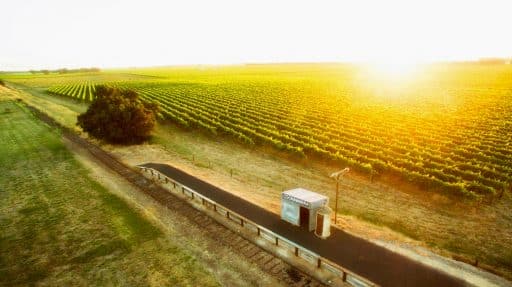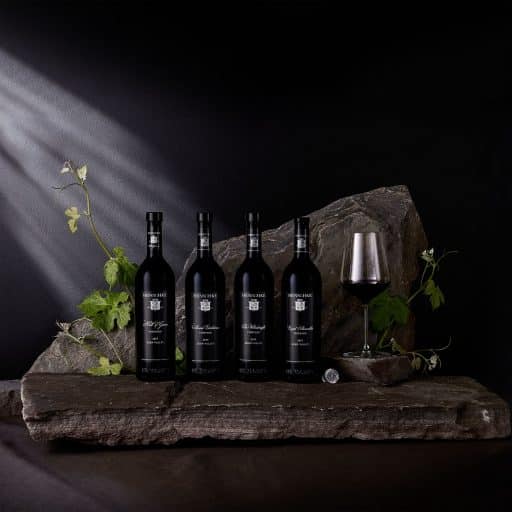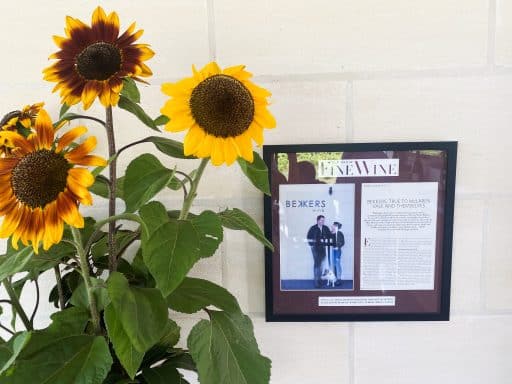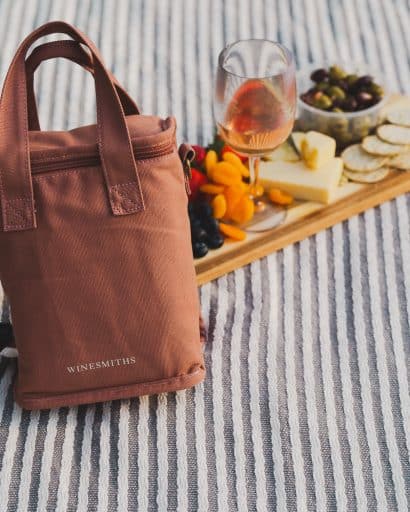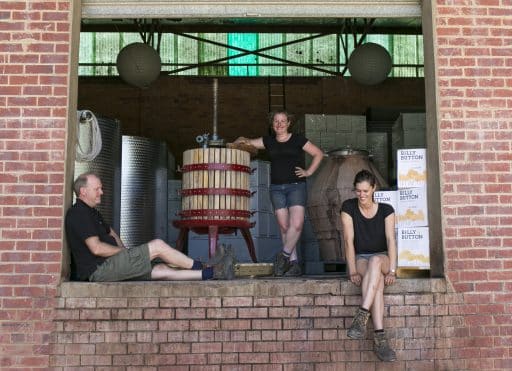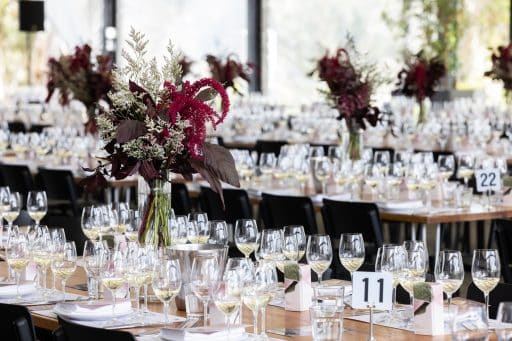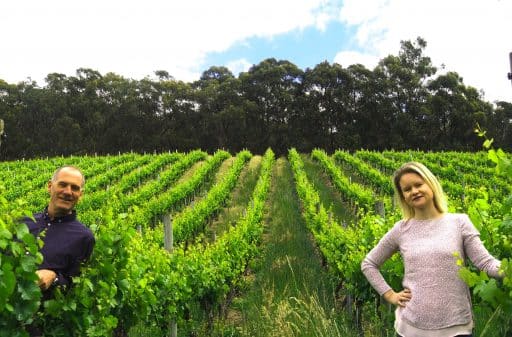Thirty years ago wine from New Zealand was barely a curio on the international wine scene. Much was made from inferior grape varieties and swilled for everyday drinking at home with very little making the journey over the Tasman or farther afield. Yet in far flung regions of New Zealand a tsunami of epic proportions was having its genesis. Dreamers were planting the first experimental vineyards which would go on to become global sensations.
Much like in Australia it was those with European heritage that drove New Zealand’s move into wine. Accustomed to having wine with most meals they planted vineyards at first to supply their own needs and then those of a new generation of wine consumers. Ivan Yukich of Montana, George Fistonich of Villa Maria, Mate Brajkovich of Kumeu River and Josip Babich are just a few in this early wave of European immigrants whom kickstarted the New Zealand wine revolution.
But they were not alone. A handful of well-travelled Kiwis also caught the wine bug, and recognised that New Zealand could make its name with cool climate varietals. From Central Otago in the Southern depths of the South Island right up to North of Auckland experimental plantings took hold, driven by pioneers. Among these was Clive Paton, surely one of the wine world’s most charming and understated superstars. When chatting to Clive it is easy to forget how important his winery Ata Rangi has been in driving forward the quality perceptions of New Zealand wine and particularly its Pinot Noir.
Ata Rangi, Maori for new beginning, was founded in 1980, long before New Zealand Sauvignon Blanc had burst onto the world stage. At the time the vineyard was a stony paddock barely suitable for grazing sheep, before Clive took a punt to purchase it and plant some of the first vines in Martinborough. He could barely have chosen a better spot for growing Pinot Noir in New Zealand – the cool, continental climate and meagre low fertility soils well suited to this most difficult of grape varieties. At the time Martinborough was a sleepy little village but it has now grown to be among New Zealand’s most revered regions.
Fortune would also favour Clive in his search for vines. He had struck up a friendship with Auckland winemaker Malcolm Abel. As a former customers officer at Auckland airport Malcolm had come into possession of a confiscated grapevine cutting from one of France’s most coveted Pinot Noir vineyards, which an unsuccessful smuggler had attempted to import into New Zealand inside his gumboot. Once it had finally cleared quarantine first Malcolm and then Clive planted vineyards with this hallowed clone, well before it had become more widely available, and wines from these original plantings are still to this day at the heart of the Ata Rangi Pinot Noir.
The early days at Ata Rangi though we’re far from smooth sailing with Kiwi ingenuity playing a key role in keeping the winery afloat. Friends were relied upon for vineyard labour, the sale of pumpkins and garlic grown between vineyard rows supplied much needed cashflow as did ‘barrel shares’ sold to customers as a downpayment for future releases. And there was plenty of graft – an All Black Great Grandfather no doubt installing the required work ethic and perseverance. Having survived the early years the first Ata Rangi wines were released and soon caused a stir with their first Gold Medal in 1986, for Pinot Noir.
Today the Estate Pinot Noir remains ay the pinnacle of Ata Rangi. While some regions such as Marlborough and Central Otago tend towards more fruit forward style the Martinborough style and particularly Ata Rangi is distinctly savoury with layers of dark cherry and earth scented fruits. It is though in its structure where Ata Rangi shows its real class with integrated yet significant tannins and balanced acidity making these wines built for the long haul. But while Pinot Noir is the undoubted leader, including the entry level Crimson Pinot Noir, the entire range is high in calibre and provides serious drinking pleasure.
Perhaps the most admirable trait though is that the wines are not standing still and living off their privileged position with talented winemaker Helen Masters helping quality to rise ever higher. In the vineyard Clive and his team are also working to improve vineyard health and biodiversity. Since 2014 the vineyards have been certified as organic and continual improvements are made to reduce the wider environmental impacts of winemaking at Ata Rangi. While Ata Rangi is now well into its fourth decade that original perseverance and ingenuity during its early years is still very much alive and drives this revered name to be to be better than ever.

